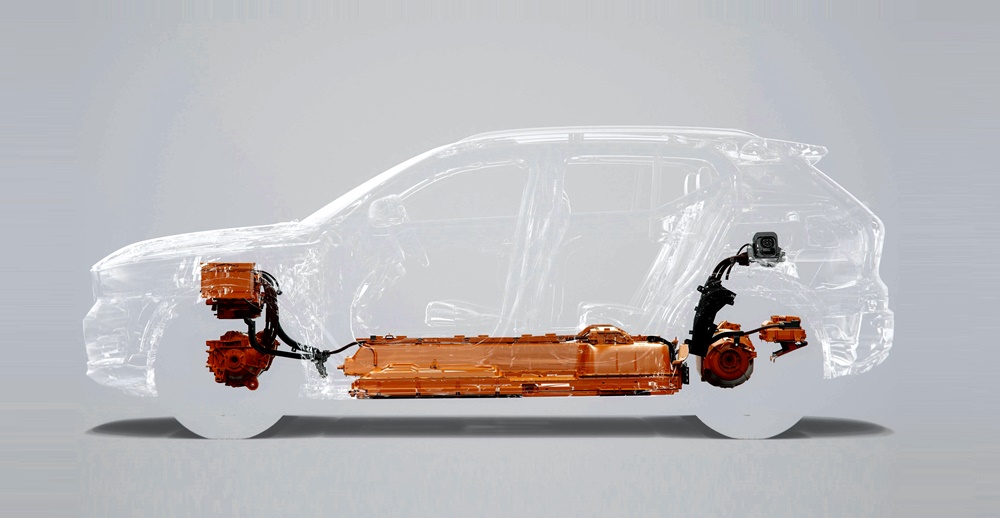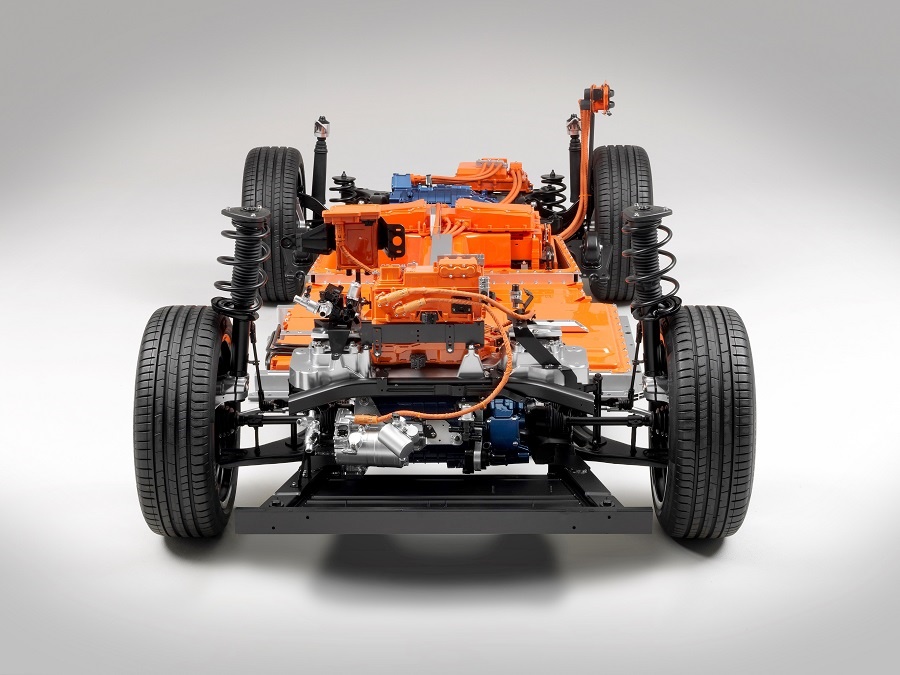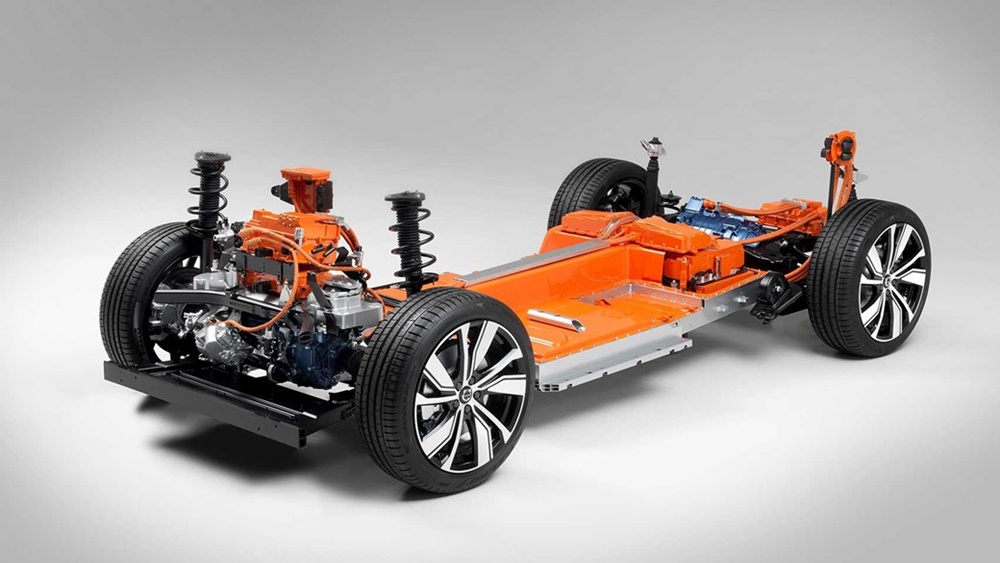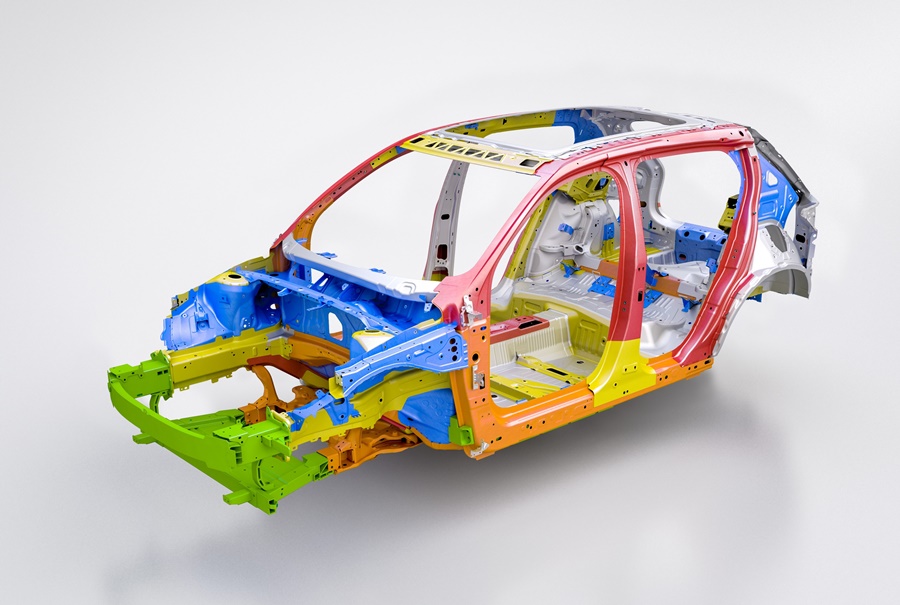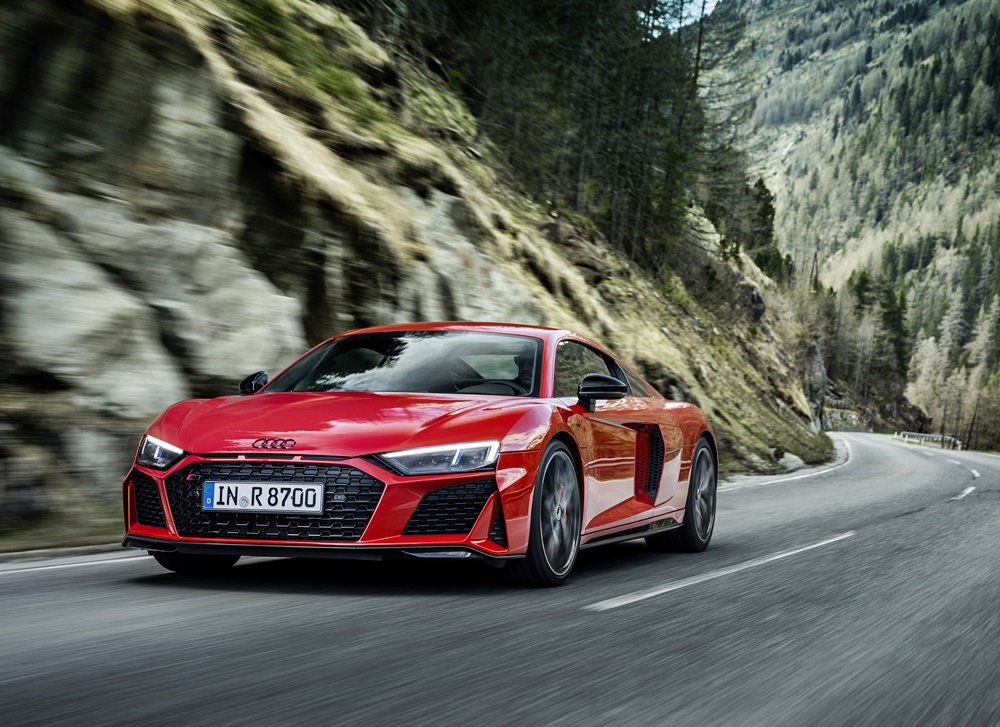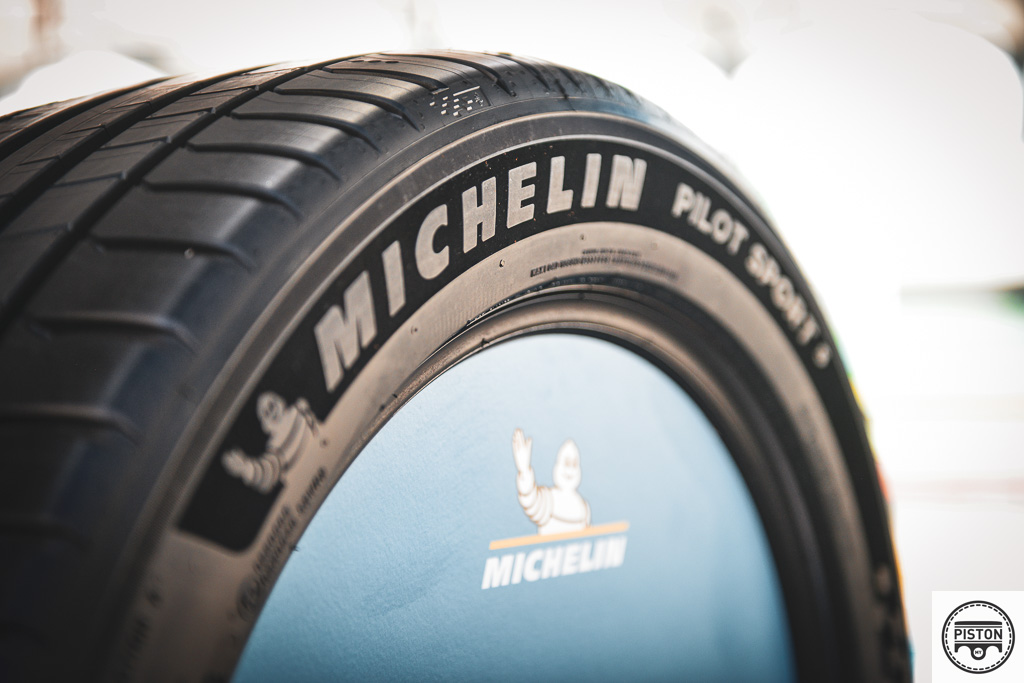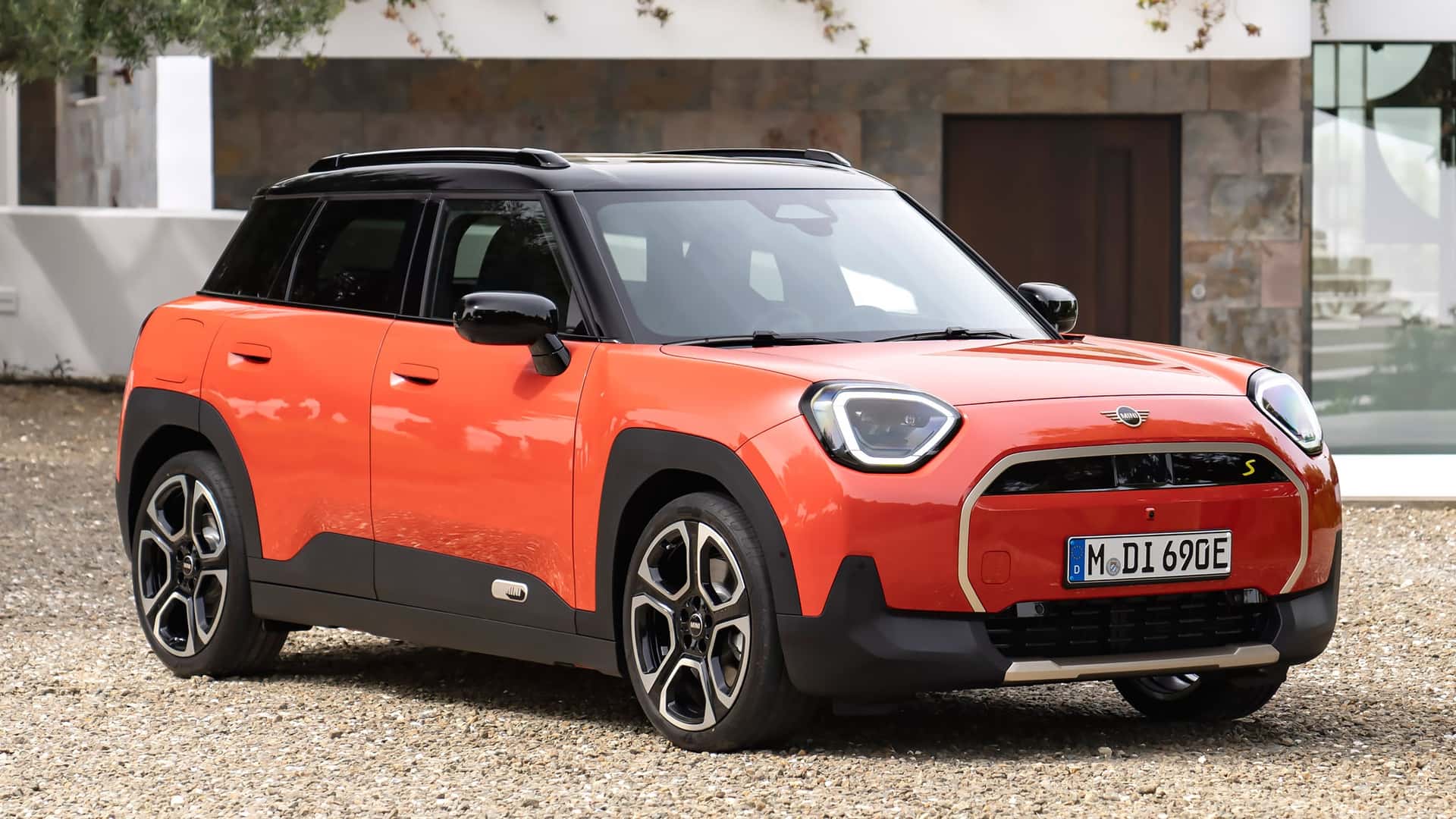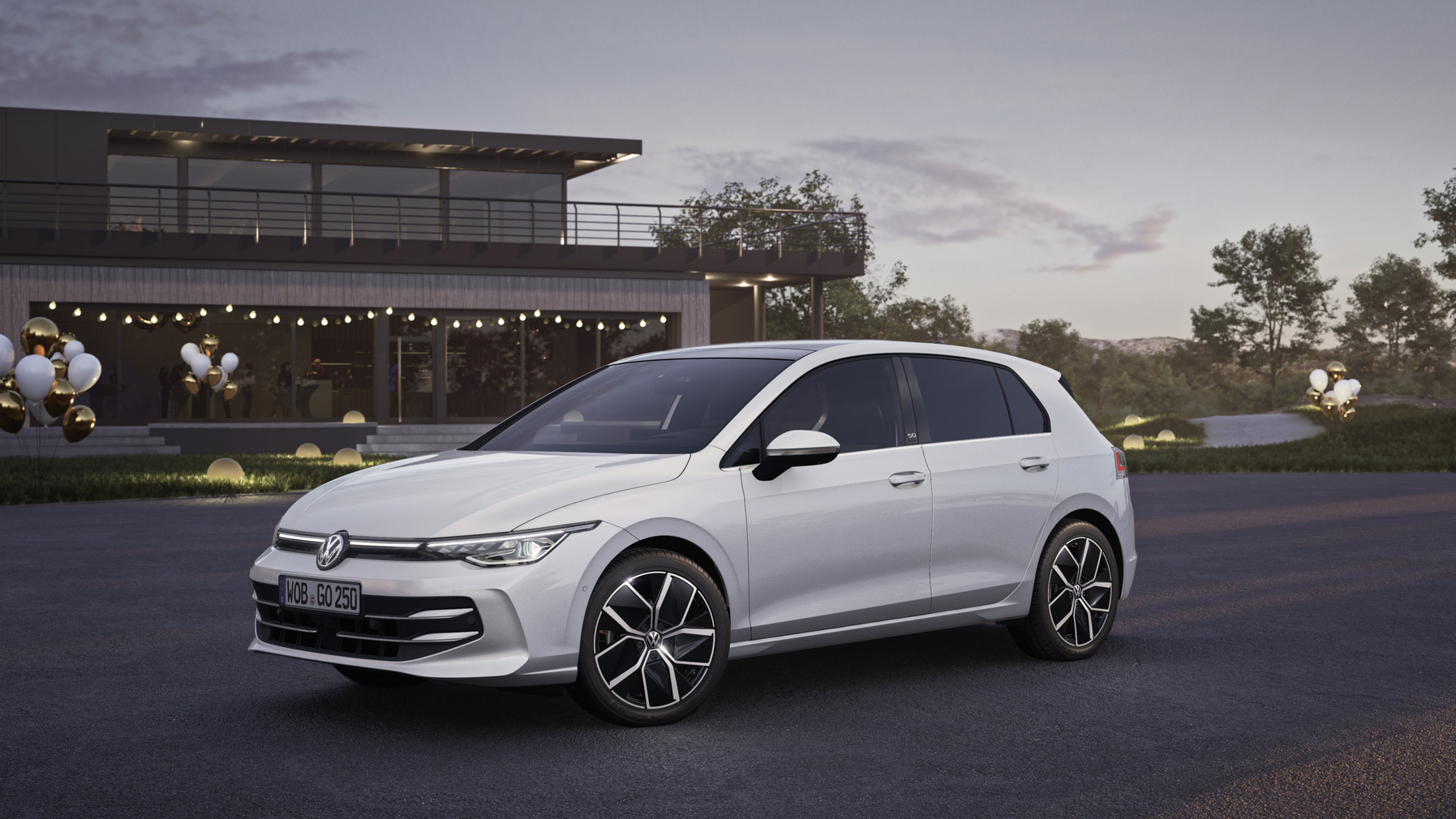‘Electrification’ has been a buzzword in the auto industry over the past few years as carmakers have announced plans for the next decade. Tightening emission regulations have forced them to accelerate solutions which largely use electrification of powertrains, either as hybrids or as fully electric.
Volvo Cars was one of the early companies to make progress in its electrification program, introducing its first model with a hybrid powertrain 7 years ago (in a V60 model). Since then, it has focussed on electrified models while developing a fully electric powertrain which will be unveiled next month.
New model will highlight safety leadership
This all-new powertrain will be used in the XC40 SUV (to be called the XC40 Recharge) and while the company is not talking about the powertrain at this time, it is highlighting the safety of the car’s design and engineering. Despite a fresh set of challenges presented by the absence of an internal combustion engine, Volvo once again lives up to its well known reputation for safety leadership.
“Regardless of what drives a car forward, be it an electric motor or combustion engine, a Volvo must be safe,” said Malin Ekholm, Head of Safety at Volvo Cars. “The fully electric XC40 will be one of the safest cars we have ever built.”
While building on the superior safety standards of the original XC40, the safety engineers had to completely redesign and reinforce the frontal structure to deal with the absence of an engine, meet Volvo Cars’ high safety requirements and help protect the occupants as well as in any other Volvo.
“The fundamentals around safety are the same for this car as for any other Volvo. People are inside, and the car needs to be designed to be safe for them,” said Ekholm.
Structural redesign
To help keep passengers safe and the battery intact in the event of a collision, there is a new and unique safety structure for passengers and battery alike in the XC40. The battery is protected by a safety cage which consists of a frame of extruded aluminium and is embedded in the middle of the car’s body structure, creating a built-in crumple zone around the battery. The battery’s placement in the floor of the car also has the benefit of lowering the centre of gravity of the car, for better protection against roll-overs.
Meanwhile, the car’s body structure has not just been reinforced in the front but also at the rear. Here, the electric powertrain has been integrated in the body structure to realise a better distribution of collision forces away from the cabin and reduce the strain on people inside the car.
New Advanced Driver Assistance Systems
In terms of active safety systems, the XC40 Recharge also introduces new technology. It is the first Volvo model equipped with a new Advanced Driver Assistance Systems (ADAS) sensor platform with software developed by Zenuity, the joint venture company owned by Volvo Cars and Veoneer.
The new ADAS platform is a modern, scalable active safety system that consists of an array of radars, cameras and ultrasonic sensors. Because of its scalable nature it can easily be developed further and lays the foundation for the future introduction of autonomous drive technology.
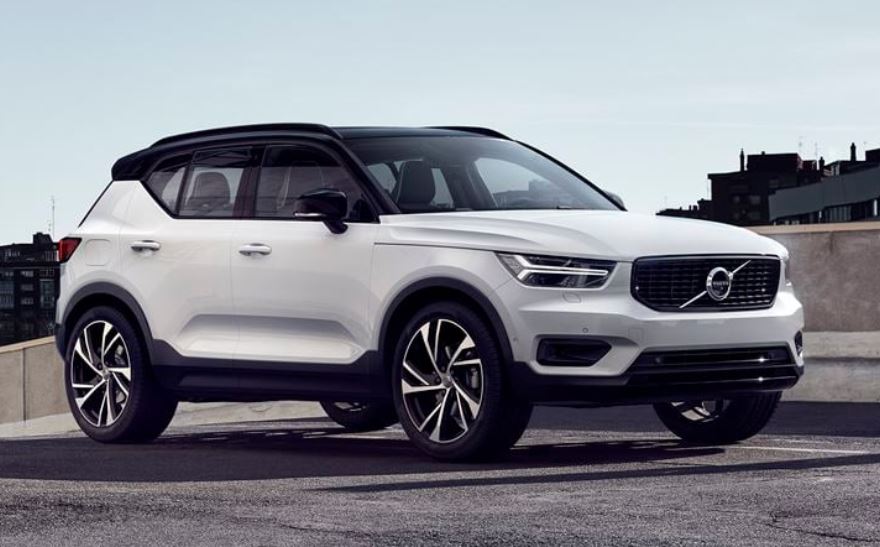
The XC40 Recharge is part of the ongoing plan to have 50% of Volvo Cars’ sales volume to be fully electric by 2025.
Click here for other news and articles about Volvo in PISTON.MY


